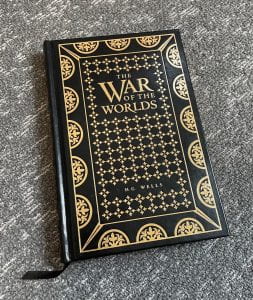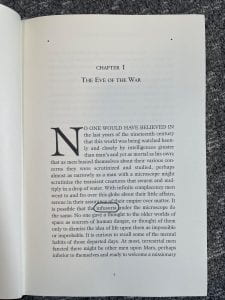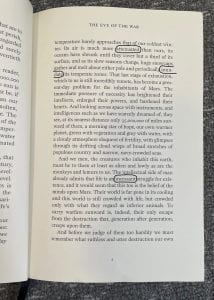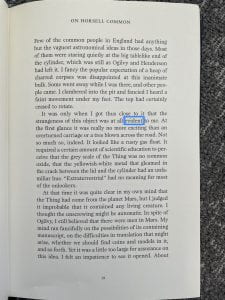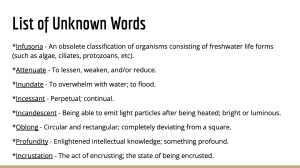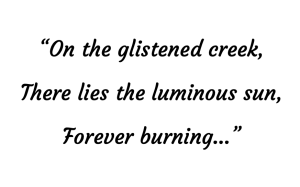Event Score:
“Grab a long novel,
But read every other page…
Find an unknown word,
And make several paper cranes…
Go until it’s “true,”
Then count every crane in sight…
Write a short haiku,
Using all your newfound might…”
Artist Statement:
During the brainstorming process for this artwork, I was reading through a multitude of “event scores” written by Yoko Ono in her famous book Grapefruit. One of the most defining characteristics about her written artwork is her astounding usage of unorthodox actions to reveal greater truths about existence, and I wanted to create something a bit similar for our first assignment. Ultimately, there were three “event scores” included in her collection that resonated within me, and they were “Number Piece I,” “Number Piece II,” and “Paper Folding Piece” respectively. Each of these “event scores” involved words, books, and paper in some way shape or form, and as someone who loves language, linguistics, & literature in their entireties, I personally wanted to compose an “event score” that was thematically relevant to both reading & writing. More specifically, I wanted to compose a written piece that encompassed the intrinsic beauty of novels, poetry, origami, and education in a rather unorthodox way, and these three “event scores” gave me the inspiration to conceptualize “Zen Tsuru Piece.”
For additional context, the name of this “event score” is a mixture of “zen” (the Japanese sect of Mahayana Buddhism) and “tsuru” (the Japanese word for “crane”). Furthermore, it is derived from the Japanese term “senbazuru,” which is an Eastern tradition with some remarkably wholesome folklore. In short, it was believed that any wish would come true if you manage to fold one thousand paper cranes, and it is generally practiced by communities for the sake of mitigating and mourning other people’s suffering (such as injuries, sicknesses, memorials, etc). Because of the inherent nature of “senbazuru,” I always found this phenomenon to be a heartwarming display of both empathy and condolences, and it definitely played a major role in the composition of my “event score.”
In the end, I wanted to incorporate certain aspects of both the fine arts and Japanese customs in my artwork while simultaneously expanding upon the subject matter at hand. While many Dada movements do involve appropriation, the “avant-garde” is best characterized as being “ahead of the curve” by providing a differentiating perspective through innovative processes. Moreover, I did not want to blatantly appropriate these particular practices because in my eyes, it would’ve been extremely insensitive to neglect their original meanings and cultural significance. The overarching intent behind my art piece was to create a love letter for the limitless potential of the written word (as well as the materials used in its production). Obtaining knowledge through reading books, appreciating culture, reflecting on tradition, and pursuing innovation can result in both intellectual growth and creative expression, further cementing these ideas as the central concepts for my project.
Documentation:
